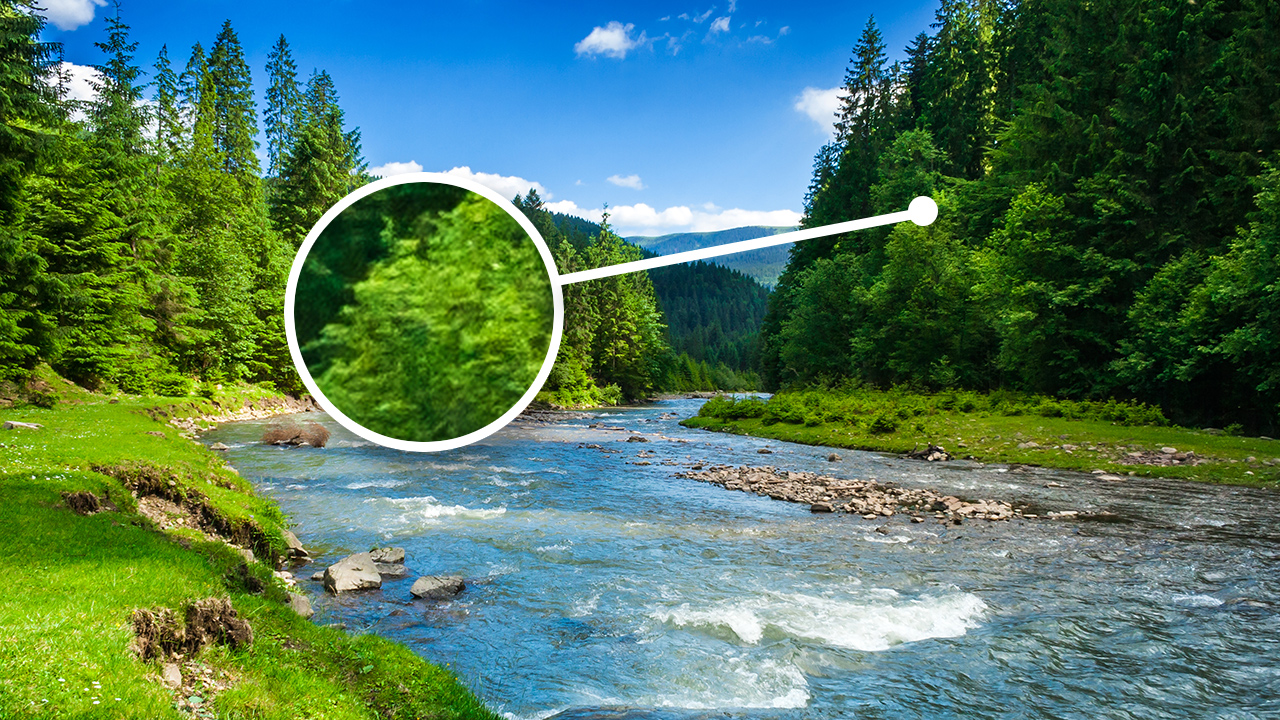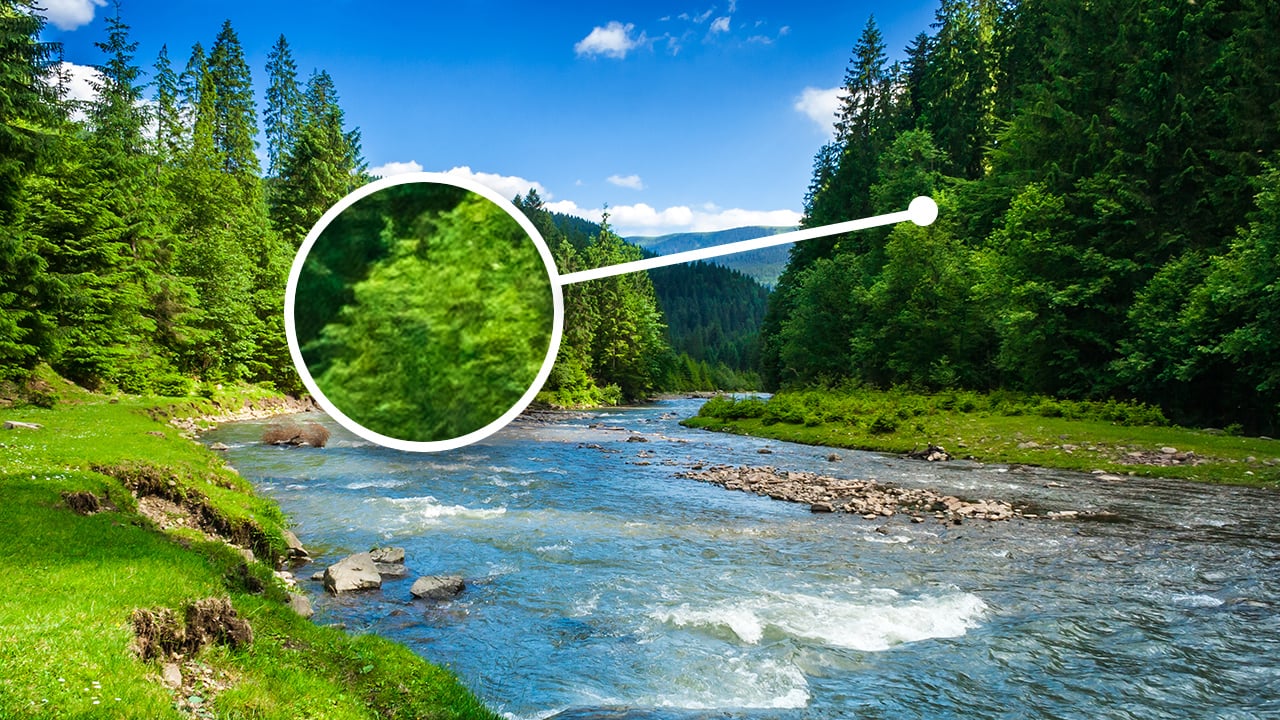
 Should we still question why we need resolution increases?
Should we still question why we need resolution increases?
The debates about whether we need more resolution reappear each and every time a new definition format is announced. Should the debate simply move on now?
We hear it and read it each and every time there is a push for resolution increases in video. Debates are very common about whether we really need X, Y, or Z resolution. Most of the time these centre around whether there is any discernible benefit from the increased resolution, alongside questions of storage space and processing required.
These are in fact valid discussions. After all, bog standard common all garden high definition was designed so that we could have bigger televisions and be watched from a closer distance, three times screen height away, without being able to distinguish individual pixels. In fact, on paper high definition only reaches its limit at around 100” diagonal screen size. So why do we notice a difference with 4K, and why are companies already moving onto 8K and beyond?
The truly cynical among us could easily point to the need for new equipment sales, and I guess that could well be partly true. At the present time, the only way to increase resolution is to increase the number of pixels. Until someone invents a completely resolution agnostic way of capturing and then displaying light information that everyone can use, that is all we have currently. Often we see comments pointing out that the audience has no interest in seeing an extra hair follicle or skin spot. Actors and actresses are not fans of the push for more resolution in any way, shape, or form! Regardless, there are a number of reasons why higher and higher resolutions are desirable.
Positive effects
One aspect is that higher resolutions reduce aliasing to the point where it is not visible. Aliasing is usually present particularly when there is a very high frequency straight edge on an ever so subtle slant for instance. Hair is another offender that often causes issues. The more we can rely on pure resolution the less we have to fumble around trying to fool our eyes. Noise, too, is much finer and less objectionable. Furthermore, just as pretty much everyone can agree that HD that has been down sampled from 4K looks much better, the same goes for 4K down sampled from 8K, and so on and so forth.
Therefore it isn’t really about having more outright detail rather than it is about subtlety and versatility. Those who shoot 4K for current HD output usually sing the praises of the former for the ability to crop in the picture. However for the most part, 4K doesn’t have a commonplace 8K equivalent to make it possible for that resolution, yet. Unless we allow the resolution path to increase as it currently is.
The interesting thing is that despite the same old debates occurring each time there is a resolution increase, when users start shooting with the new formats regularly they almost always find it hard to go back to the previous format. Not only that but such increases in resolution need to account for future ways of viewing content. This could be in a VR scenario where the screen is pretty much right in front of our eyes, or on wall sized OLED screens. At some point instead of having a television we may well have an active wall. In this sort of scenario the screen could be very large indeed, even in small rooms.
This is part of the problem with a lot of debate about progress. They don’t consider the future. With more data you have more options, and more versatility, as well as better future proofing. The more we can prepare by having formats that have more resolution, deeper colour, better dynamic range, and more bit-depth, the easier it will be to repurpose things later.
Header image courtesy of Shutterstock.
Tags: Production



Comments